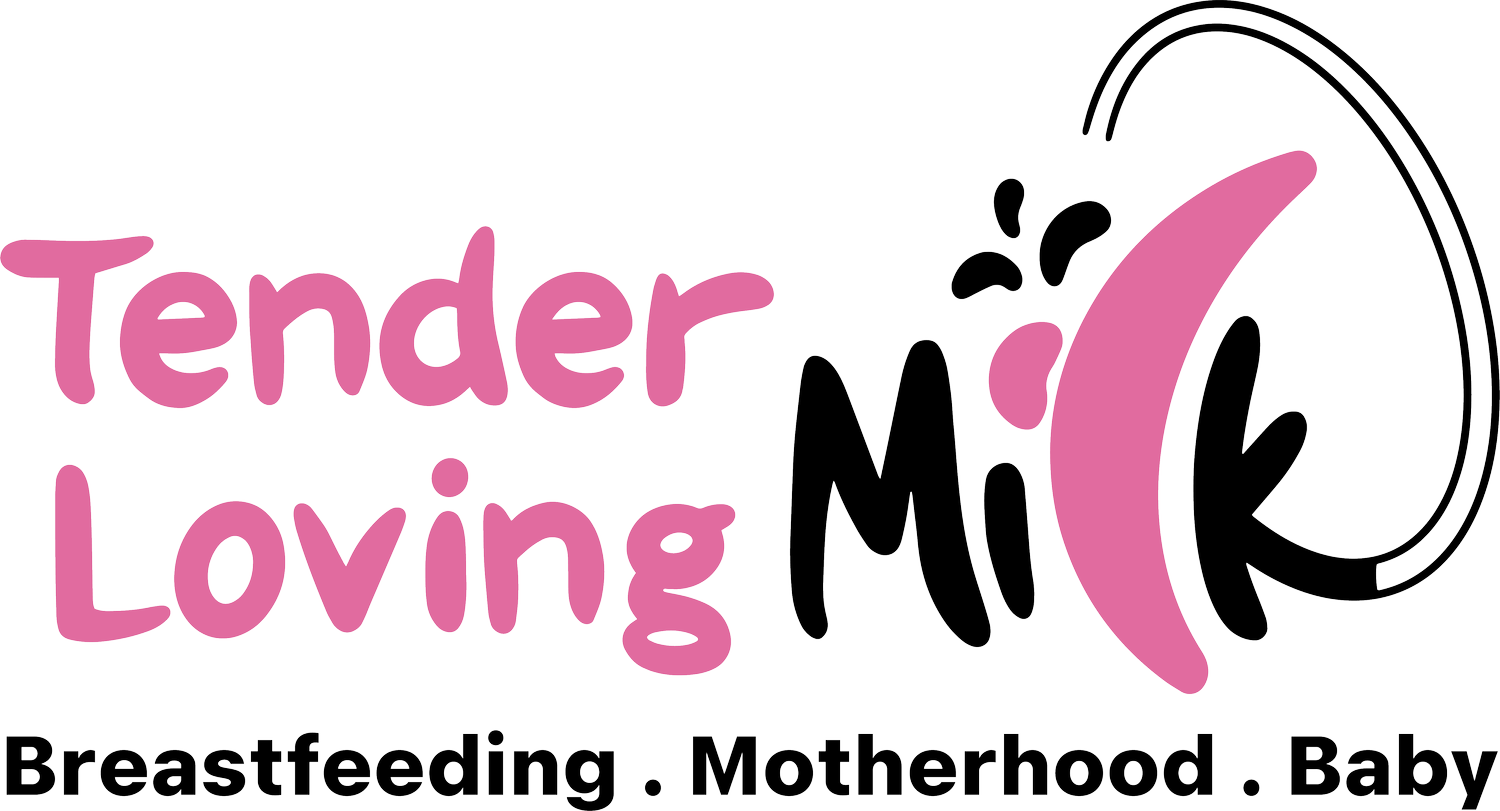Breastfeeding Tips to Encourage a Deep Latch!
Breastfeeding Tips to Encourage a Strong Latch!
Both the World Health Organization and United Nations Children’s Emergency Fund (UNICEF) recommend “exclusive breastfeeding for the first 6 months of life” which not only provides optimal nutrition and immunity, but it provides a beautiful opportunity to bond with your baby. With that being said, according to a pediatric study completed in 2013, the leading reason that women stopped breastfeeding earlier than desired was “the baby had difficulty suckling or latching on” (Odom, 2013).
The study continues to explain how latching issues lead to “a cascade of negative events that undermine breastfeeding, including nipple pain, ineffective milk transfer, and insufficient milk production” (Odom, 2013).
There are situations where the latching technique can be corrected, therefore opening up the beautiful opportunity to continue breastfeeding! Here are some tips to encourage an effective latch:
1) Practice skin-to-skin: The United Nations Children’s Emergency Fund (UNICEF), United Kingdom shared that skin-to-skin regulates and releases hormones to support breastfeeding and mothering. Including regulating body temperature, and heart rate for both mum and baby, encouraging an optimal breastfeeding experience.
2) Arrange to nurse in a calm, quiet area: Nursing in a distraction-free zone will allow both mum and baby to focus on the task at hand: latching and nursing!
3) Oversupply: If mum is experiencing full breasts due to an over milk supply, try hand expressing or pumping a little bit before nursing. A less-full breast will have a slower milk flow that the baby may find it easier to latch because it allows the baby to have better control of how much milk he/she can suckle and swallow.
4) Avoid forcing the baby onto the breast: Encouragement and gentle guidance are required, but forcing the baby's mouth onto the nipple will only result in frustration and confusion. Kellymom also emphasized that “Forcing baby to the breast does not work, stresses baby, and can result in baby forming an aversion to the breast.”
5) Hold the baby close to you and bring their mouth to your nipple: Once there, use your nipple to graze the baby’s lip, encouraging them to open wide. This is a pretty good example showing the steps to a good latch by USDA, WIC Breastfeeding Support:
6) Get to know the “biological nursing position” - Laid Back Position: This is where the baby's facing down and laying on mummy’s tummy. Watch this video to see the laid back breastfeeding position in action!
7) Seek help: From a breastfeeding counsellor, breastfeeding community or an International Board Certified Lactation Consultant (IBCLC), if you are still struggling to get an effective latch from the baby. IBCLCs are professionals that will work with you individually to help you achieve your breastfeeding goals. They can help and guide you to excel in your breastfeeding journey.
Getting your baby to latch effectively is tricky, and it takes practice! Give yourself grace and remember that both you and your baby are working as a team to figure this out.
For more information on latching and all things motherhood and breastfeeding, subscribe to my website! You will be the first to get access to free content and resources just like this.

